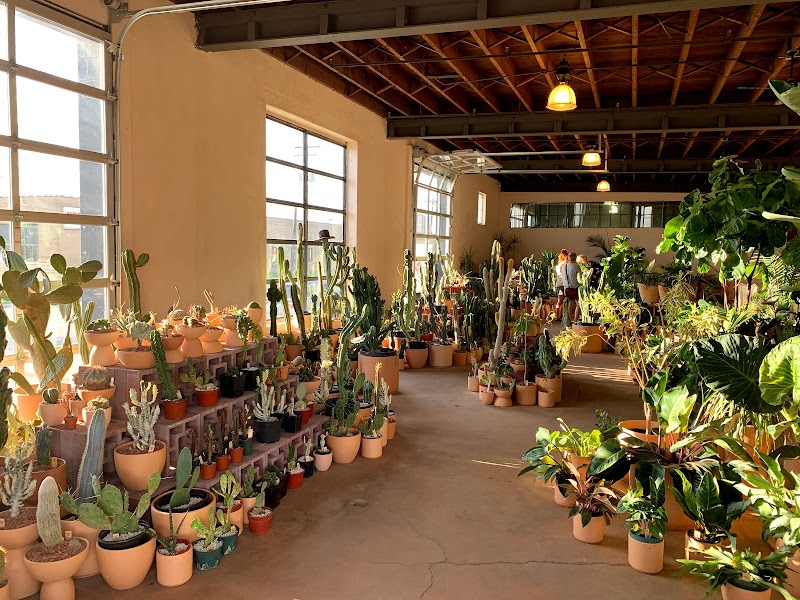Minnesota has a diverse terrain that provides an ideal habitat for a variety of plant species. From towering trees to tiny wildflowers, there are countless options to choose from when it comes to selecting popular plants in the state. Let’s take a closer look at some of the most popular plants in Minnesota.
The first plant species that comes to mind when we talk about Minnesota is the iconic state flower, the Showy Lady Slipper. This gorgeous flower is part of the orchid family and can be found in the state’s northern woodlands. The Showy Lady Slipper is a delicate flower that is protected by state law, making it illegal to pick, dig up or damage in any way. It’s the perfect choice for gardeners who want to add a touch of nature to their homes.
The second popular plant species in Minnesota is the wild rice, which is the official state grain. Wild rice is a native aquatic grass that grows in shallow waters and has a culinary value. It’s a staple food for native American communities and has gained popularity with chefs worldwide. Wild rice has a nutty flavor and can be used in dishes such as soups, stuffing, salads and casseroles. If you’re looking for a nutritious plant species to add to your diet, wild rice is a great option.
The third popular plant species in Minnesota is the Sugar Maple tree, which is the state tree of Minnesota. The Sugar Maple is known for its stunning fall color display and its sap, which is used to make maple syrup. Maple syrup is a popular condiment in Minnesota and is used in various dishes such as pancakes, waffles, oatmeal and yogurt. The Sugar Maple tree is a great addition to any backyard or garden, providing shade, beauty and a source of syrup.
The fourth popular plant species in Minnesota is the Prairie Smoke, which is a wildflower that can be found in the state’s prairies and meadows. The Prairie Smoke plant is known for its unique smoke-like appearance when its seeds disperse in the wind. Its flower is a beautiful reddish-pink color and blooms in the late spring. The Prairie Smoke plant is a hardy perennial that doesn’t require much care and is perfect for landscape or garden design.
In conclusion, these four plant species are among the most popular in Minnesota. They offer a wide variety of culinary, aesthetic and practical benefits and can be great additions to any garden or landscape design. Whether you’re a gardener or simply an admirer of nature, these plants provide something for everyone in Minnesota.

The Most Popular Plants in Minnesota (Factsheet)
| Plant Name | Scientific Name | Common Habitat | Blooming Season |
| Wild Columbine | Aquilegia canadensis | Woods, rocky bluffs, and meadows | April to July |
| Showy Lady’s Slipper | Cypripedium reginae | Wetlands, swamps, and bogs | May to July |
| Prairie Smoke | Geum triflorum | Grasslands, prairies, and open woods | May to June |
| Butterfly Weed | Asclepias tuberosa | Meadows, prairies, and dry fields | June to August |
| Common Milkweed | Asclepias syriaca | Fields, meadows, and roadsides | June to September |
If you want to dig deeper into the topic of popular plants in Minnesota, here are some references to check out:
- Minnesota Native Plant List – this website by the Minnesota Department of Natural Resources provides a comprehensive list of native plants that thrive in Minnesota’s growing conditions.
- Northern Hardy Plant Database – maintained by the University of Minnesota Extension, this database is a searchable resource that provides information on plants that can survive Minnesota’s harsh winter climate.
- Minnesota Plant Conservation Program – this program by the Minnesota Department of Natural Resources provides information on rare and endangered plant species in Minnesota.
- Best Northern Hardy Trees – this resource by the University of Minnesota Extension provides recommendations on the best tree species to plant in Minnesota.
These resources can help you identify the most popular and hardy plants that can thrive in Minnesota’s unique growing conditions. Happy gardening!
For further reading materials on the subject of Popular Plants, we recommend utilizing the aforementioned websites and references.

